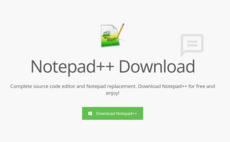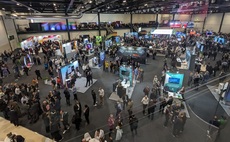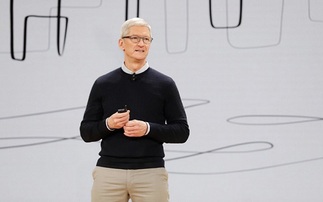Oracle faces uphill battle to regain lost Unix ground
It wasn't long ago that the Unix-based Solaris operating system (OS) was being pronounced dead in the water. Critics argued it had no new deployments and had been largely abandoned by original e...
To continue reading this article...
Join Computing
- Unlimited access to real-time news, analysis and opinion from the technology industry
- Receive important and breaking news in our daily newsletter
- Be the first to hear about our events and awards programmes
- Join live member only interviews with IT leaders at the ‘IT Lounge’; your chance to ask your burning tech questions and have them answered
- Access to the Computing Delta hub providing market intelligence and research
- Receive our members-only newsletter with exclusive opinion pieces from senior IT Leaders






















